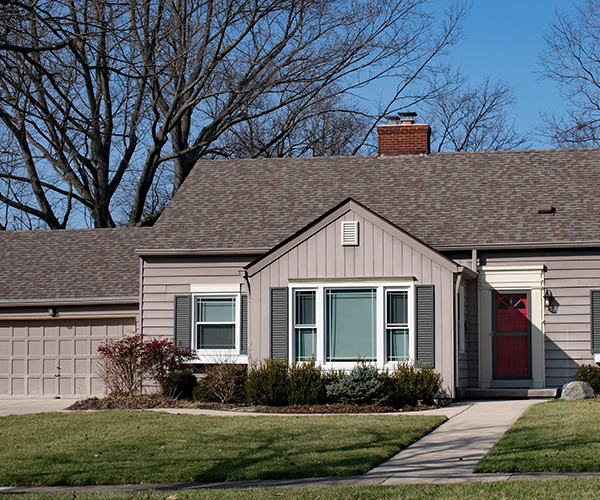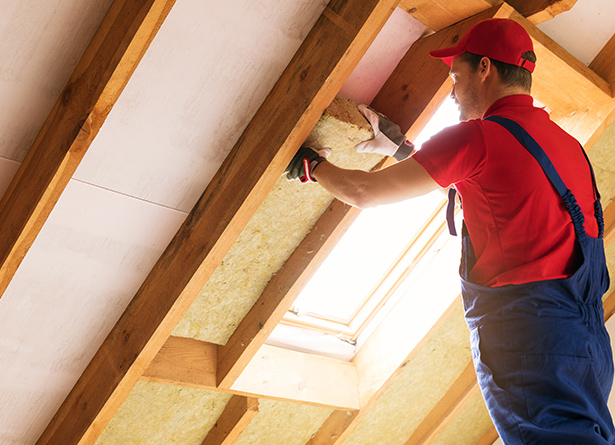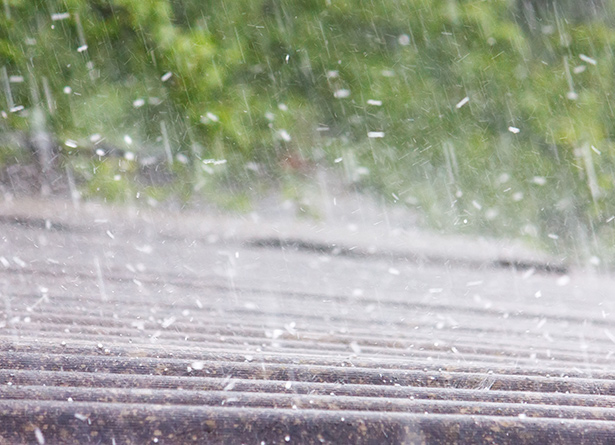Can You Install or Replace a Roof During Winter?
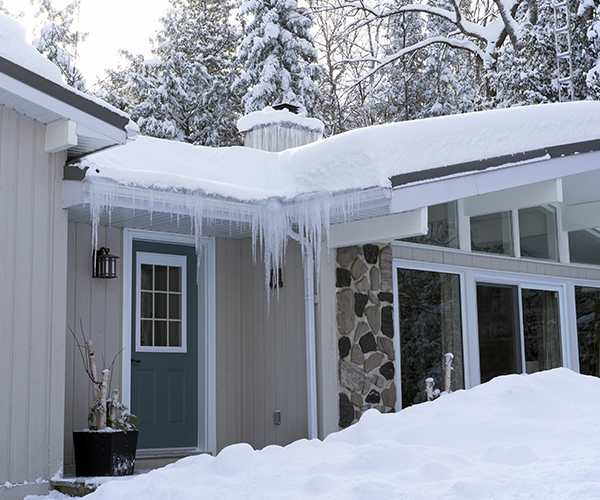
Reasons Why Homeowners Can’t Wait For Warmer Weather
Emergency Roofing Service
There are several situations that can arise that warrant a roof replacement during winter. Heavy snowfall or ice can cause damage to the structure of the roof. If ventilation or insulation is inadequate, ice dams can form which can result in significant damage to a roof and home. If wind or snowfall is severe enough, it can cause a tree or branch to fall on the house, resulting in damage. When damage is bad enough or when your home is at risk, repairs and even a roof replacement may be necessary regardless of the season.
Another possible reason for needing a roof replacement during winter is the sale of a home. A new roof may be a contingency of the sale and neither party can wait for spring to finalize the process.
Whatever the reason for needing a new roof installed during winter, there can be a solution when you have the right materials and a roofing company who understands the challenges and how to overcome them.
There are Two Main Concerns Roofers Have When Installing a Roof in Winter
#1: The Shingles
Asphalt shingles are by far the most common roofing material, so we’ll focus our attention there. Asphalt shingles are flexible, but when temperatures are low enough, they can lose some of their flexibility. This can cause shingles to break when installing them, and roofing contractors may need to adjust the pressure setting on pneumatic nail guns.
In addition (and the larger problem that roofers are concerned about), asphalt shingles are designed with a sealant on the back of each piece. The sealant is activated by the sun’s heat and prevents wind and water from getting below the shingles. A new roof should not be installed when temperatures are below 40 degrees Fahrenheit as the sealant may not activate properly. In certain conditions, the sealant on shingles installed on the parts of the roof that are facing north may not activate until spring. Ideally, a new roof installed when the temperature is between 70 and 80 degrees. However, shingles can be hand-sealed, but this may add additional labor costs to the project.
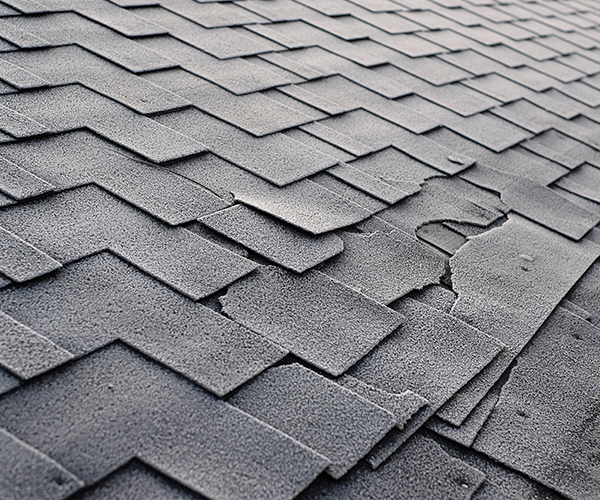
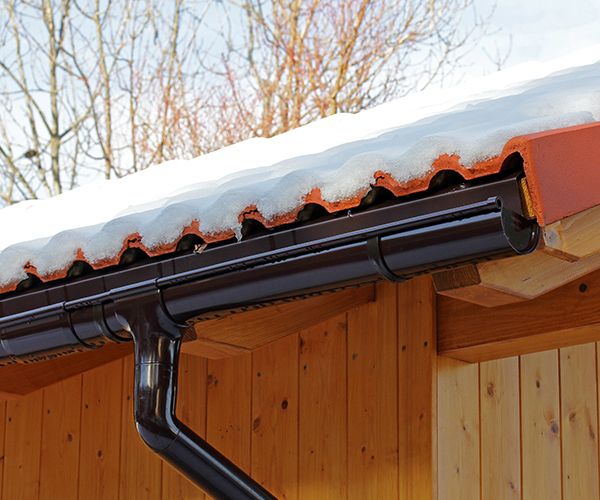
The Safety of the Roofing Contractors
#2: Unsafe Winter Conditions
Another factor to consider is the general conditions on the roof. If there is ice or snow on the roof, around the gutters, or on the ground, it can create dangerous conditions for the roofers. A roof can be a dangerous place to work in the best of conditions, but a slippery roof can be a significant hazard. Not to mention that the roofers will be exposed to cold temperatures and possibly wind while on the roof.
To work around adverse conditions, contractors can put up guardrails, remove snow and debris from the roof before working, and possibly use hot boxes to store and transport the roofing shingles. These methods often add additional cost to the project, however.
Use the Right Material: Owen’s Corning
Big Boy’s Construction is Proud to Install Owen’s Corning Asphalt Shingles
Owen’s Corning shingles are manufactured with a thermally activated sealant. However, roofing contractors must still pay special attention to the air and surface temperature and the installation technique. Roofing shingles should not be installed when temperatures are at or below 40 degrees Fahrenheit. To ensure that shingles are installed correctly and to prevent wind blow-off, Owen’s Corning recommends hand sealing each shingle, using asphalt roof cement, and using the required number of nails per shingle. There are also additional recommendations for certain types of shingles, such as three-tab shingles.
When the roof installation process is done correctly, homeowners can have peace of mind knowing that their roof and home are safe.
